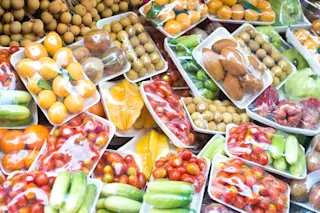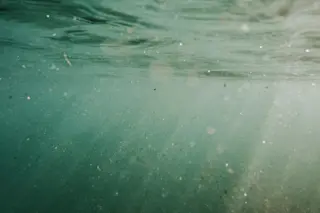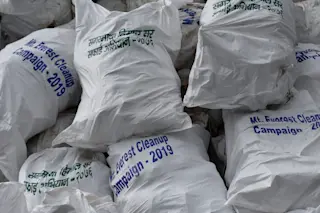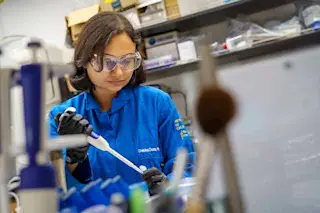The contrast couldn’t be more stark: Only a chain-link fence, camouflaged by thick bushes and mighty oak trees, separates residents from a Shell chemical plant and the Motiva oil refinery. On one side is a verdant park, with a gazebo and a children’s slide, surrounded by a handful of small, tidy clapboard homes with well-tended lawns. On the other side is a huge industrial zone: low-slung concrete and corrugated buildings, and vast storage tanks connected by a maze of thick pipes. Smokestacks spew clouds of noxious chemicals.
This is the Diamond district of Norco, a Mississippi Delta hamlet about 25 miles west of New Orleans. It’s like a ghost town now — empty and quiet, even at midday. Tall grasses have overtaken open fields where homes once stood. This used to be a thriving African-American neighborhood of 1,500 with roots that go back more than 200 years. Today, it’s home ...















